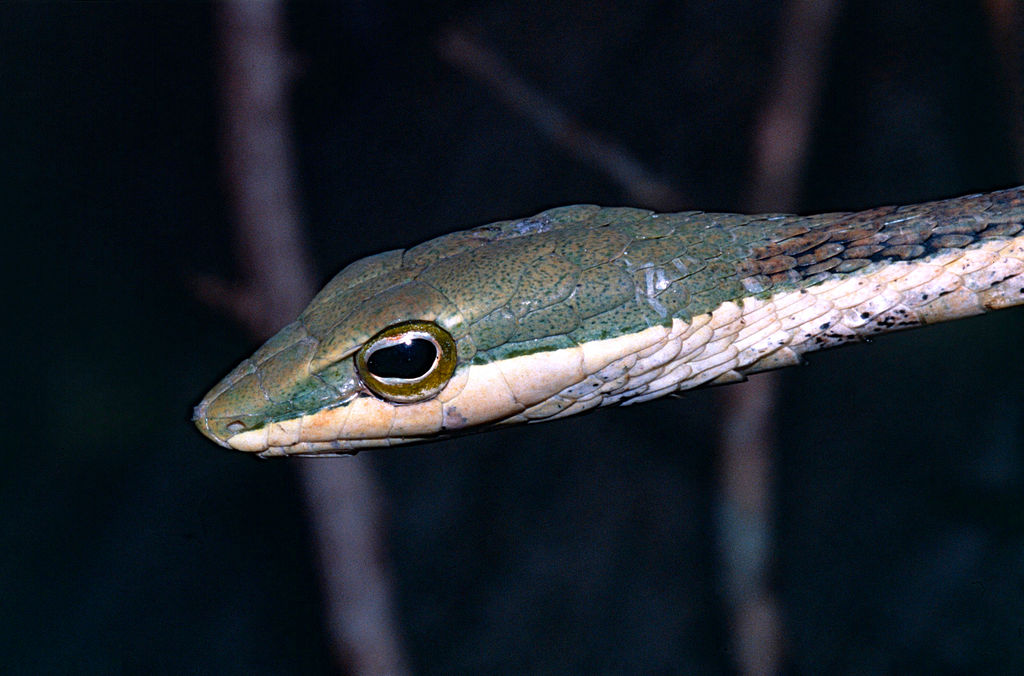In the vibrant tapestry of garden life, where bees buzz and butterflies flutter among colorful blooms, there exists a master of disguise that few gardeners ever notice. The flower bed snake, as various species are colloquially known, represents one of nature’s most remarkable examples of camouflage. These reptiles have evolved specialized coloration and behaviors that allow them to blend seamlessly into flowering environments, creating both an effective hunting strategy and protection from predators. Their ability to disappear among petals and stems stands as a testament to evolutionary adaptation and the intricate relationship between predator and prey. This fascinating intersection of horticulture and herpetology reveals how some snake species have become specialized to thrive in the very gardens humans cultivate for beauty.
The Masters of Floral Disguise

Several snake species around the world have developed the remarkable ability to camouflage within flowering plants, though none are officially named “flower bed snakes.” Species like the vine snake (Ahaetulla species) and some garden snakes employ coloration ranging from vibrant greens to pinks and yellows that match surrounding blossoms. Their slender bodies often mimic plant stems, while their patterning can resemble dappled sunlight through petals or the variegated coloration of certain flowers. Some species even adopt postures that mimic swaying flowers or stems, holding perfectly still except when moving with the breeze to maintain the illusion. These adaptations demonstrate convergent evolution, where different snake species independently developed similar camouflage strategies to exploit the rich hunting grounds that flower beds provide.
Vine Snakes: The Ultimate Flower Mimics
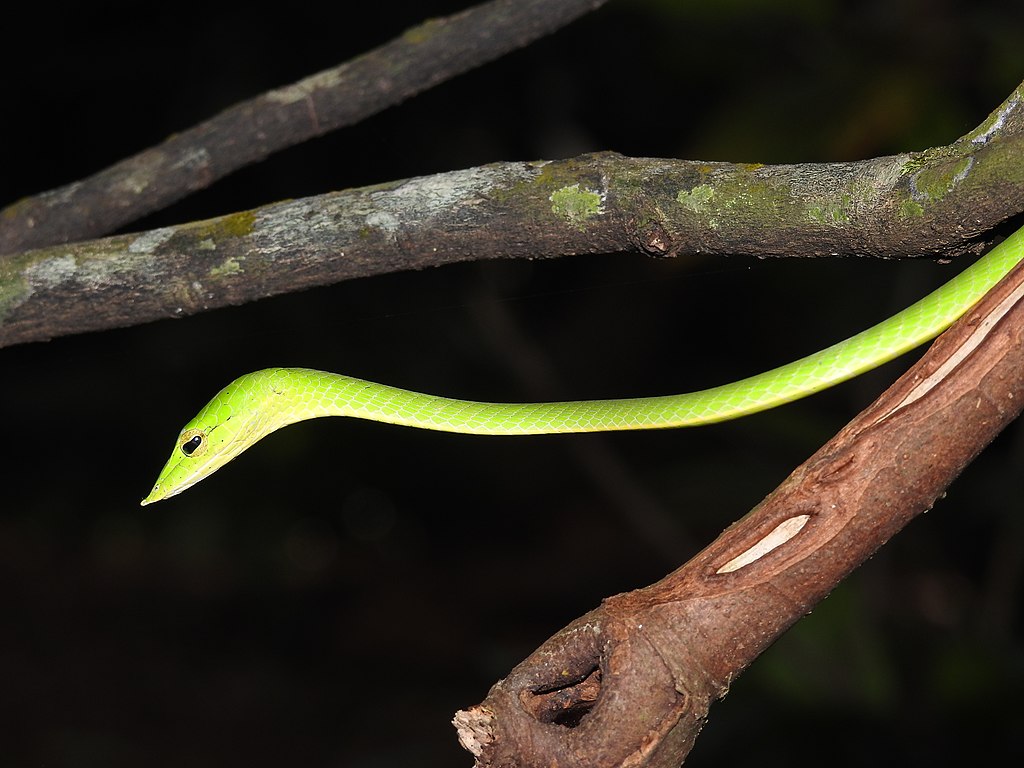
Among the most spectacular flower bed camouflage artists are the vine snakes of the genus Ahaetulla, found throughout parts of Asia and Africa. These remarkable reptiles possess extremely slender bodies and pointed snouts that resemble plant tendrils or flower stems. Their vibrant green coloration allows them to disappear completely against lush foliage, while some species display yellow or pink hues that blend with specific flowering plants. The Asian vine snake’s head is notably elongated and pointed, enhancing its resemblance to a new plant shoot or unopened bud. Perhaps most impressive is their ability to remain motionless for hours, their bodies swaying only slightly to mimic plants moving in a gentle breeze, creating a nearly perfect disguise that fools both prey and predators alike.
Hognose Snakes: Gardeners’ Unexpected Neighbors

The Eastern hognose snake (Heterodon platirhinos) represents another remarkable garden camouflage specialist found throughout the eastern United States. These snakes possess a distinctive upturned snout that resembles certain flower buds, while their variable coloration patterns—ranging from yellows and browns to reds and grays—help them blend with mulch, soil, and flowering plants. When disturbed, hognose snakes employ a theatrical defensive display, flattening their necks and hissing loudly before potentially feigning death if the threat persists. Despite their intimidating performance, hognose snakes are relatively harmless to humans, possessing only mild venom delivered through rear fangs primarily used for subduing amphibian prey. Their presence in garden settings often goes unnoticed as they hunt toads and frogs that themselves are attracted to the moist microhabitats created by regular garden watering.
Garter Snakes: The Common Garden Residents

Common garter snakes (Thamnophis sirtalis) stand among the most frequently encountered serpents in North American gardens and flower beds. These adaptable reptiles display remarkable color variation, with subspecies exhibiting stripes and patterns in yellows, greens, blues, and reds that can blend surprisingly well among flowering plants. Their slender bodies allow them to navigate through dense vegetation without disturbing foliage, making them nearly invisible when stationary among garden plants. Garter snakes have adapted specifically to human-modified environments, finding abundant prey in the form of earthworms, slugs, and insects that proliferate in cultivated spaces. Despite being relatively small and harmless to humans, they deliver significant ecological benefits to gardens by controlling populations of pests that might otherwise damage prized flowers and vegetables.
Evolutionary Advantages of Floral Camouflage

The evolution of flower bed camouflage represents a remarkable example of adaptive natural selection in action. Snakes that developed coloration and patterns matching flowering environments gained immediate advantages in hunting success and predator avoidance. This dual benefit created strong selective pressure, allowing subtle genetic variations favoring better camouflage to be passed to subsequent generations. For ambush predators, the ability to hide among flowers provides access to an abundance of potential prey, including pollinating insects, small birds, and mammals attracted to the floral resources. Meanwhile, this same disguise protects the snake from birds of prey, larger mammals, and other predators that might otherwise spot them in more exposed settings. Over thousands of generations, this evolutionary arms race has produced some of the most sophisticated examples of biological camouflage on the planet.
Hunting Strategies Among the Blooms
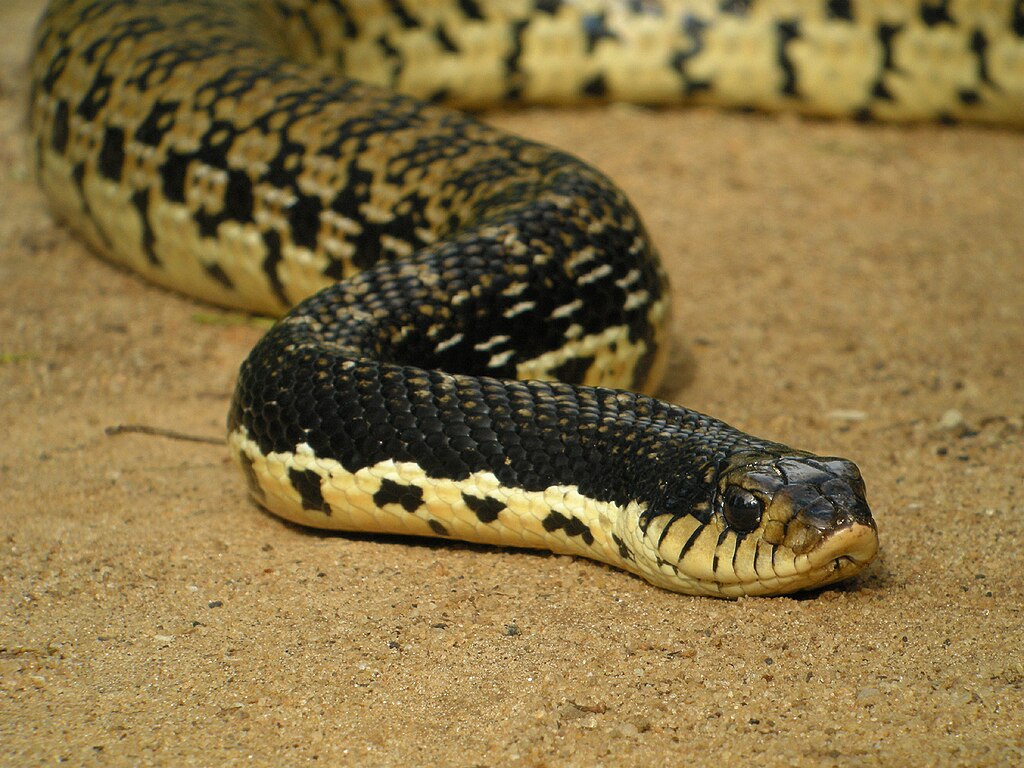
Flower-camouflaged snakes employ specialized hunting techniques perfectly adapted to their colorful environments. Most practice ambush predation, remaining motionless for extended periods—sometimes hours or even days—while waiting for suitable prey to approach within striking distance. Their patient strategy targets pollinators like hummingbirds, butterflies, and bees, as well as the small mammals and lizards attracted to flowering areas. When prey comes within range, these snakes can strike with remarkable speed, typically covering their striking distance in less than a fifth of a second. Some species, like the vine snake, possess slightly venomous saliva that quickly immobilizes small prey, while others rely on constriction or simply overpowering small victims. The effectiveness of their ambush strategy depends entirely on their camouflage, making flower bed disguise not merely advantageous but essential to their survival.
Geographic Distribution and Habitat Preferences

Flower-camouflaging snake species occur on every continent except Antarctica, with the greatest diversity found in tropical and subtropical regions where flowering plants remain abundant year-round. In North America, species like the rough green snake and various garter snakes frequently inhabit garden environments, while Asia boasts an impressive array of vine snakes and flower-mimicking pit vipers. Certain regions of Central and South America host lance-headed vipers that have evolved coloration matching specific orchid species native to their habitat. These specialized snakes typically prefer environments with consistent moisture and moderate temperatures that support continuous plant growth and flowering. Human gardening practices have inadvertently created ideal habitats for many of these species, with irrigated flower beds and carefully cultivated blooms providing perfect hunting and hiding grounds for these reptilian masters of disguise.
Seasonal Changes in Camouflage Effectiveness
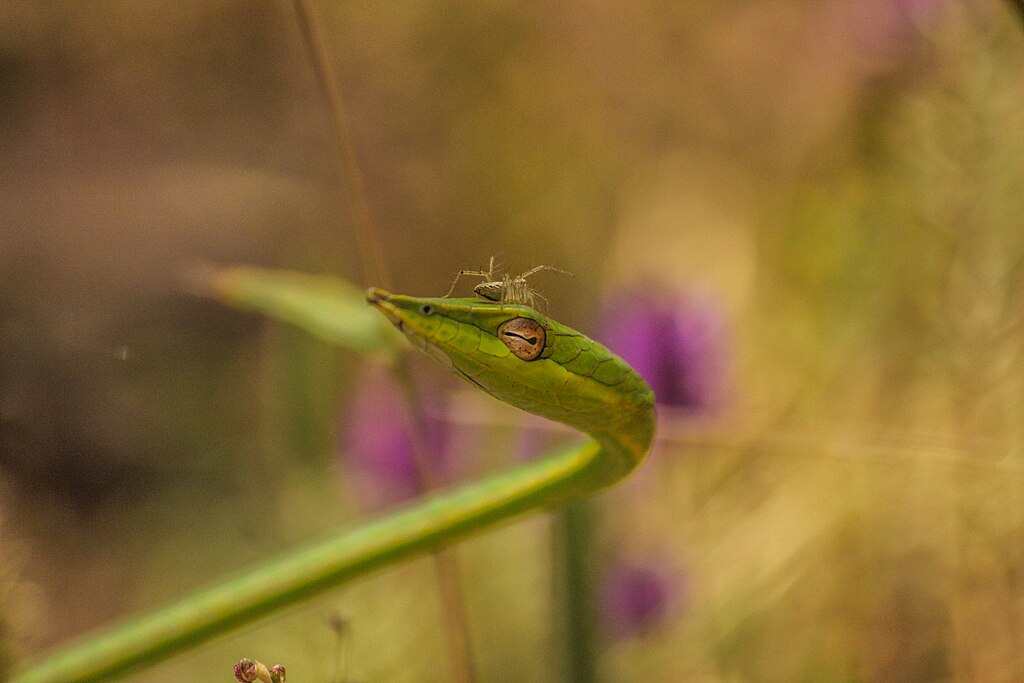
The effectiveness of floral camouflage varies dramatically with seasonal changes, creating interesting challenges for snakes that rely on flowering plants for concealment. In temperate regions, many snake species must adapt their behavior as flowers bloom and wither throughout the year. During peak flowering seasons, these snakes often become more active, taking full advantage of abundant camouflage opportunities and the increased prey activity around blooms. As flowers fade in autumn, many species shift to alternative habitats or enter brumation, a reptilian form of hibernation that allows them to survive when their preferred hiding places disappear. Some species display remarkable behavioral flexibility, adjusting their hunting grounds to follow the progression of different flowering plants throughout the seasons. This seasonal adaptation demonstrates the remarkable ecological integration between these predators and the flowering plants that provide their living disguise.
Distinguishing Harmless Mimics from Venomous Species

The flower bed habitat attracts both venomous and non-venomous snake species, creating potential confusion for gardeners concerned about safety. In North America, the harmless rough green snake might be mistaken for the venomous green pit vipers in southern regions, while certain garter snake color morphs resemble more dangerous species. Learning to identify key characteristics can help distinguish dangerous from harmless garden visitors—venomous pit vipers typically have vertical pupils, heat-sensing pits between their eyes and nostrils, and triangular heads distinctly wider than their necks. Non-venomous species generally display round pupils, lack facial pits, and have heads that blend more smoothly with their body width. When in doubt, the safest approach is to maintain a respectful distance from any snake encountered, as even non-venomous species may bite defensively if handled. Regional field guides or local wildlife resources provide the most reliable identification assistance for specific areas.
Conservation Challenges for Garden Snakes
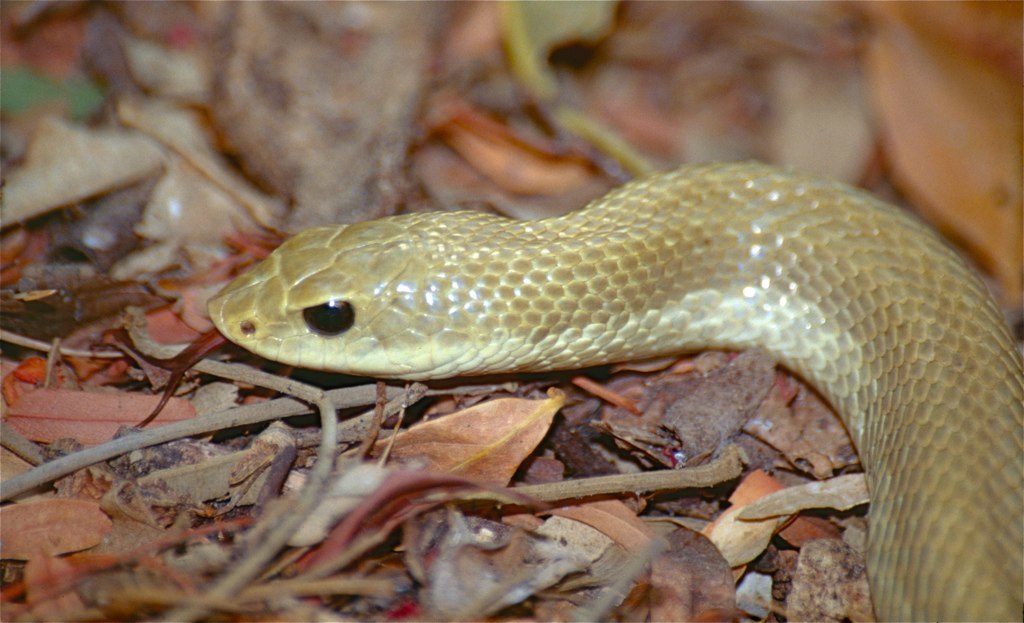
Snakes that camouflage in flower beds face significant conservation challenges in the modern world despite their remarkable adaptations. Habitat loss represents their primary threat, as urbanization and agricultural expansion continue to eliminate natural spaces where these species evolved. Widespread use of pesticides in gardens and agricultural settings poses another serious threat, both directly poisoning snakes and eliminating their prey base. Climate change creates additional pressures by altering flowering seasons and disrupting the synchronization between snake activity and prey availability. Many flower-camouflaging species also suffer from negative public perception, leading to intentional killing when discovered in garden settings. Conservation efforts for these species focus on public education about their ecological benefits, promotion of wildlife-friendly gardening practices, and protection of remaining natural habitats where these specialized predators can thrive.
Creating Snake-Friendly Garden Spaces
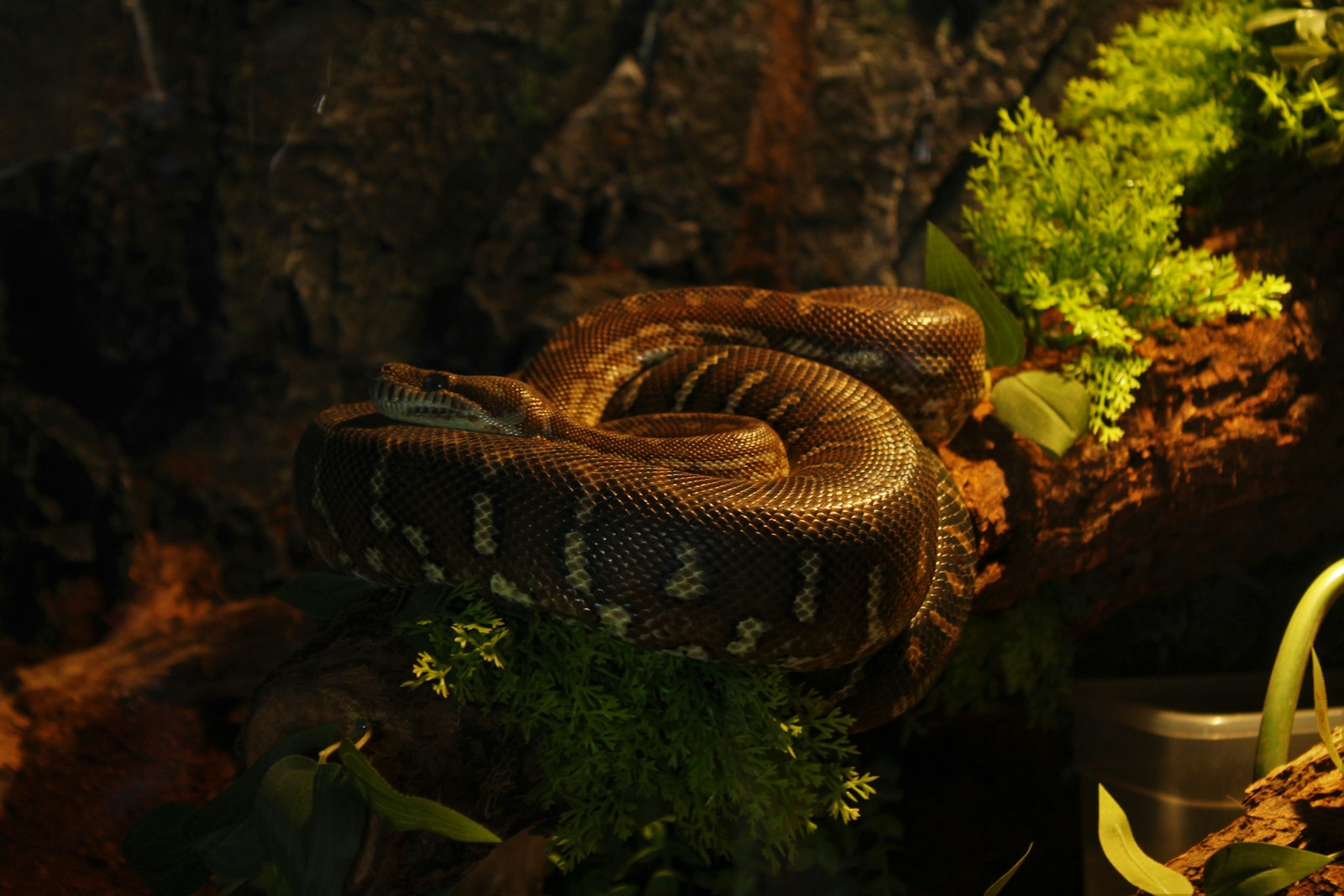
Environmentally conscious gardeners can intentionally create spaces that support beneficial snake species while minimizing potential conflicts. Incorporating native flowering plants provides natural habitat for camouflage specialists, while maintaining brush piles, rock features, and small water sources offers additional microhabitats these reptiles require. Avoiding chemical pesticides and herbicides protects both snakes and their prey, supporting a healthier overall garden ecosystem. Installing raised beds with hardware cloth bottoms in vegetable gardens can create snake-free zones for those uncomfortable with reptilian visitors, while still allowing beneficial snakes to patrol surrounding ornamental areas. Educational garden signs or displays about resident snake species can transform potential fear into appreciation, helping visitors understand the ecological role these remarkable animals play. By designing thoughtful landscapes that accommodate both human and reptilian needs, gardeners can support biodiversity while enjoying the natural pest control services these camouflage specialists provide.
Documenting the Undocumented: Citizen Science Opportunities

The secretive nature of flower-camouflaging snakes has left significant gaps in scientific understanding of their behavior and ecology, creating valuable opportunities for citizen scientists to contribute meaningful data. Photography-based reporting systems like iNaturalist and HerpMapper allow garden enthusiasts to document snake sightings with precise location data while maintaining a safe distance. These observations help researchers track species distributions, activity patterns, and habitat preferences that would otherwise remain invisible to science. Citizen reports of predation events or previously undocumented color variations provide valuable insights into evolutionary processes and ecological relationships. Organized community science initiatives like “Garden Snake Watch” programs engage participants in systematic observation protocols that generate statistically useful data sets for conservation planning. The combination of widespread gardens and smartphone technology has created unprecedented opportunities for non-specialists to advance herpetological knowledge while developing deeper connections with the natural world hiding in plain sight among their flowers.
The world of flower-camouflaging snakes represents one of nature’s most elegant examples of evolutionary adaptation. These remarkable reptiles have developed specialized appearances and behaviors that allow them to disappear completely among the very plants humans cultivate for beauty. From the vine snakes of Asia to the common garter snakes of North American gardens, these species demonstrate the extraordinary power of natural selection to create perfect disguises. Their presence in our gardens serves as a reminder that even the most cultivated spaces remain connected to wild ecological processes. By learning to recognize and appreciate these masters of disguise, we gain not only better understanding of nature’s complexity but also valuable allies in maintaining healthy garden ecosystems. The next time you tend your flower beds, take a moment to look more closely—you might be sharing your garden with one of nature’s most perfectly camouflaged predators.

